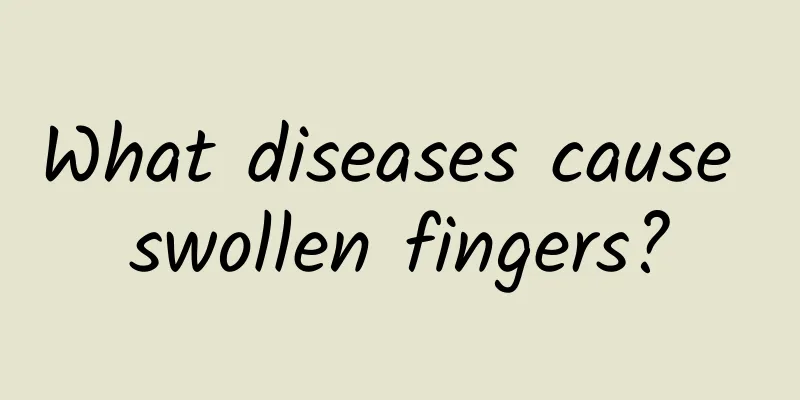What are the main signs of lateral epicondylitis?

|
In daily life, lateral epicondylitis is a relatively common shoulder disease, and there are many causes of lateral epicondylitis. Generally, it is a disease easily caused by long-term playing or long-term labor. The main symptoms of lateral epicondylitis are joint pain, which can easily affect the health of the periosteum and cause some complications. What are the main signs of lateral epicondylitis? Lateral epicondylitis, also known as lateral elbow pain syndrome, is commonly known as tennis elbow. The main clinical manifestations are pain on the lateral side of the elbow joint, which may be aggravated by clenching the fist and pronating the forearm (such as wringing a towel, sweeping the floor, etc.), multiple tenderness in the local area, and no abnormal appearance. Lateral epicondylitis falls into the category of tendon injury and elbow pain in traditional Chinese medicine. There is no local redness or swelling, and joint function is not restricted. There is localized tenderness over the lateral epicondyle of the humerus. Close inspection may reveal sensitive tender points. Extensor tendon stretch test: straighten your elbow, make a fist, and flex your wrist. Then pronate the forearm. If it can induce severe pain on the outside of the elbow, it is positive. Due to myofasciitis, humeral epicondylitis will cause obvious pain when doing this test. X-ray examination: X-ray films generally show no abnormalities. In patients with a long course of disease, periosteal reaction may be seen, with calcification deposits near the lateral epicondyle of the humerus. Mechanism of injury: Instantaneous high-intensity force, especially when the muscle performs eccentric contraction, can easily lead to muscle strain, for example: the backhand action when playing tennis. Long-term, low-intensity, repetitive use can cause muscle fatigue, such as repetitive fist-clenching movements (such as moving objects, lifting things, holding a pen tightly to write, washing and wringing clothes) or finger extension movements (such as typing, using a mouse). When the muscles are overused, it can cause slight misalignment of the humeroradial joint. disease: Pain points: lateral epicondyle of humerus, belly of wrist extensor muscles (extensor carpi longus and extensor carpi brevis), and extensor digitorum muscles. Extensor carpi radialis longus and brevis Extensor digitorum Pain mechanism: When making a fist, there will be pain and weakness on the outside of the elbow (upper forearm) (difficulty in making a fist). |
<<: What causes right lateral epicondylitis?
>>: What is the reason for short femur and humerus in the fetus?
Recommend
Gardenia honeysuckle efficacy and function
I believe that everyone must have seen honeysuckl...
Shoulder and neck exercises can help you improve shoulder and neck pain
Shoulder and neck pain is a common problem among ...
Symptoms of acute renal failure in the elderly
The symptoms of acute renal failure in the elderl...
What are the common symptoms of damp-heat in the spleen and stomach? What are the dietary therapy methods?
Traditional Chinese medicine believes that insuff...
Is there a fishy smell from the anus?
Some people may have had this experience: there i...
What causes cystitis?
Cystitis is a common urinary system disease. When...
How to correct shrugging
There are many reasons for shrugging shoulders, a...
Can I eat candy after taking Chinese medicine?
Traditional Chinese medicine tastes bitter and is...
What is Lithospermum officinale
In our daily lives, some inconspicuous medicinal ...
How to remove moisture from the body?
It is summer now. Because the weather is hot, peo...
Does smoking affect hair loss?
Some bad habits in life will affect hair loss. Fo...
How to judge whether it is qi stagnation
Sometimes pain in the liver area is not caused by...
Chinese medicine for replenishing qi and blood during menopause
As people age, the sex hormones in their bodies b...
The best treatment for erysipelas
Erysipelas mainly refers to an acute inflammation...
How does Traditional Chinese Medicine explain polycystic ovary?
Polycystic ovary is a common gynecological diseas...









